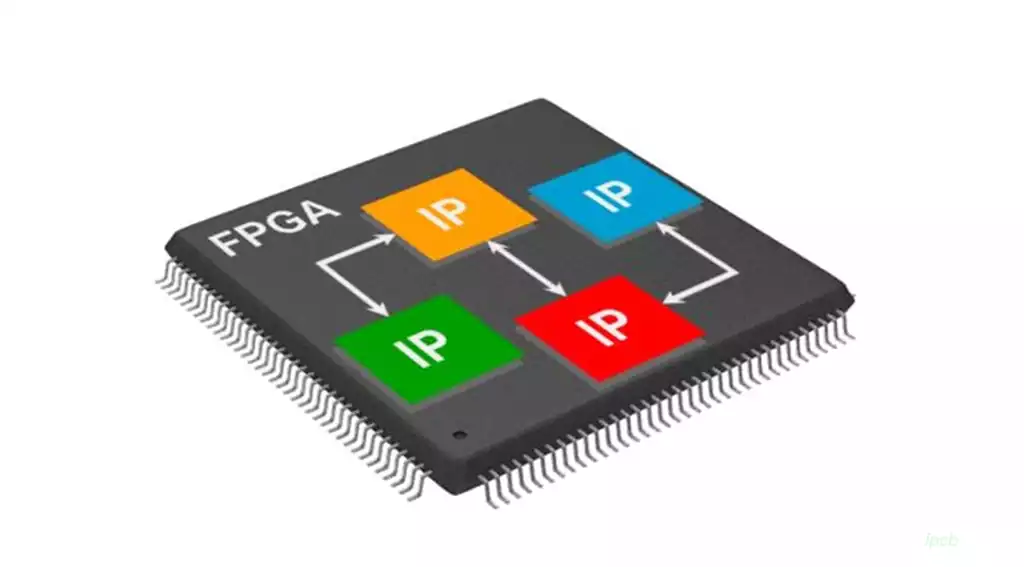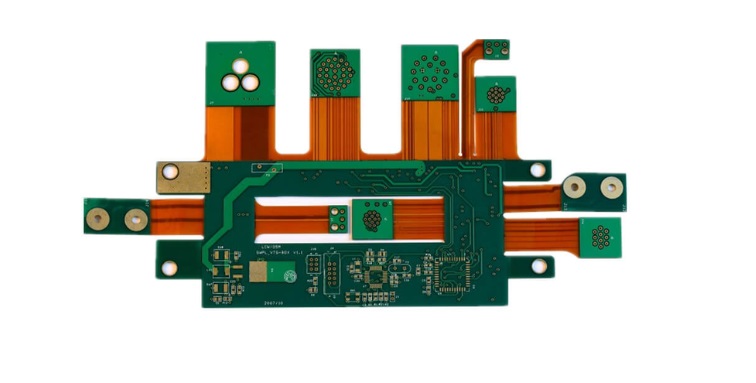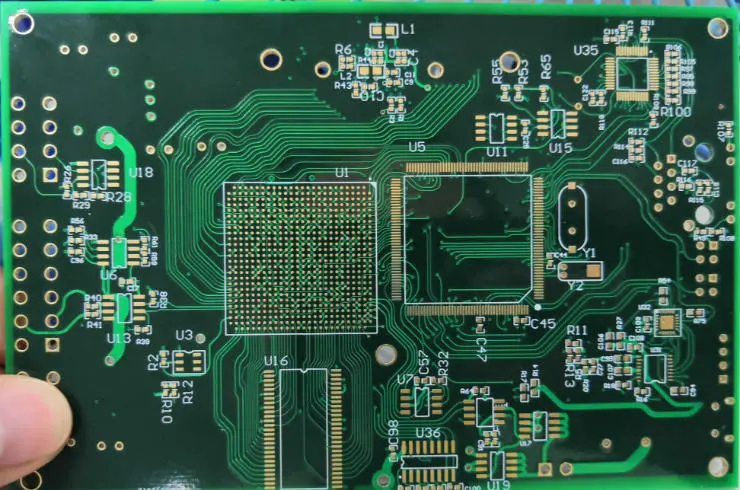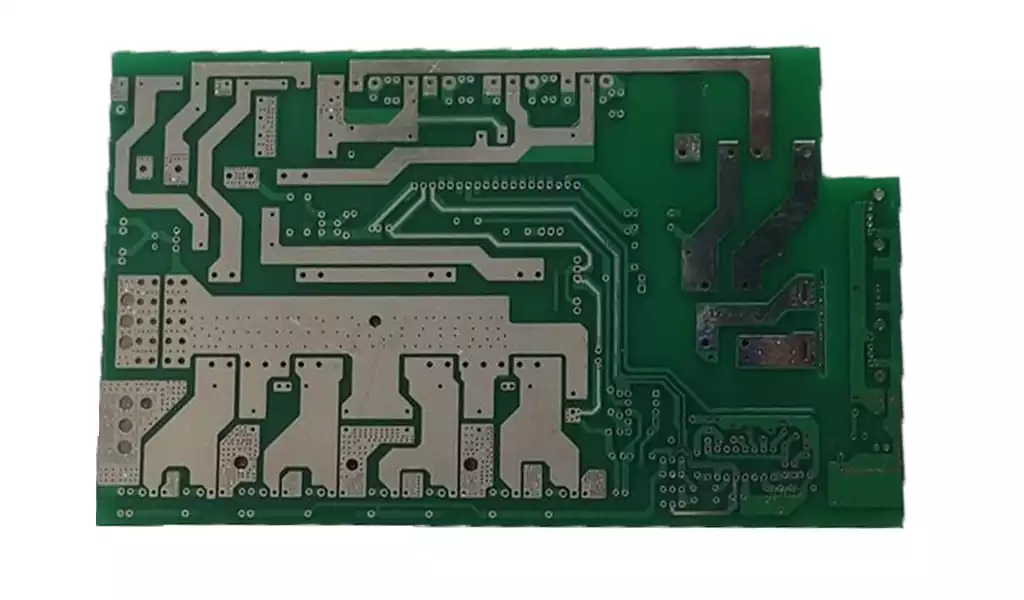FPGA (Field-Programmable Gate Array) is a semiconductor device that consists of configurable logic blocks and interconnects that can be programmed to implement various digital circuits. A microcontroller is a single-chip microcomputer that integrates the main parts of a microcomputer on a single chip.
Main components of FPGA
Logic Block
Logic blocks are the basic building blocks of FPGAs and contain programmable logic elements that can be configured to perform a variety of digital functions such as and, or, and iso-or gates. These logic blocks can be programmed to define their functions and connections to implement the desired digital circuitry.
The programmability of the logic blocks is one of the features of FPGAs that make them highly flexible and customizable.
Interconnect
Interconnects are the “wires” that connect logic blocks together. They form a programmable routing matrix that allows flexible connections between different logic blocks and ultimately defines the functionality of the FPGA.
Input/Output Blocks
Input/output (I/O) blocks enable the FPGA to communicate with external devices such as sensors, switches, or other integrated circuits. They can be configured to support a variety of voltage levels, standards, and protocols.
Features of FPGAs
By using FPGAs to design ASIC circuits (Application Specific Integrated Circuits), users do not need to cast chips for production to get a suitable chip.
Pilot samples of other fully or semi-customized ASIC circuits can be made.
There are abundant internal flip-flops and I/O pins.
FPGA is one of the devices with the shortest design cycle, lowest development cost and lowest risk in ASIC circuits.
It uses a high-speed CMOS process with low power consumption and is compatible with CMOS and TTL levels.
Configuration Memory
Configuration memory stores programming data that defines how the FPGA’s logic blocks and interconnects are configured. When the FPGA is powered up, this data is loaded into the device, enabling it to perform its intended function.

The MCU consists of a central processing unit (CPU), memory, input/output interfaces, and timers.
1. Central Processing Unit (CPU): is the core part of the MCU, responsible for executing programs and processing data.
2. Memory: including flash memory, RAM, EEPROM, etc., used to store programs and data.
3. Input/output interfaces: used to communicate with external devices, such as serial port, parallel port, ADC, etc.
4. Timer: used for timing and controlling the time of program execution.
The working principle of MCU can be divided into two stages: programming and running.
1. Programming Stage: In the programming stage, the programmer writes a program using a programming language (e.g. C) and converts the program into machine language through a compiler. The machine language program is then downloaded into the memory of the MCU.
2. Run Phase: In the run phase, the MCU performs various operations according to the instructions of the program. the CPU reads the instructions from the memory and performs the corresponding operations according to the instructions. Input/output interfaces are used to communicate with external devices and timers are used to time and control the time of program execution.
There are several differences of microcontroller vs fpga
Programmability
FPGAs are programmable and can be reprogrammed to perform new functions, whereas MCUs are fixed and cannot be changed.
Processing power
There is a big difference in processing power between FPGAs and Microcontroller.FPGAs are usually used in high performance computing, digital signal processing, image processing, etc., while MCUs are usually used for simple tasks such as controlling and monitoring devices and sensors.
Flexibility
FPGAs are more flexible than MCUs and can be programmed and reprogrammed for different applications, whereas MCUs can usually only run predefined programs in their internal memory.
Development Cycle
FPGAs have a longer development cycle than MCUs because FPGAs need to be designed, verified and debugged, whereas MCUs usually only need to write and debug programs.
Cost
The cost of FPGAs is higher than that of MCUs because FPGAs need to be fabricated and tested and require a lot of design and verification work, whereas the cost of MCUs is relatively low.
FPGAs and MCUs, as the two pillars of the digital electronics field, have their own unique advantages and applicable scenarios. FPGAs, with their high degree of programmability and flexibility, shine in the fields of high-performance computing, signal processing, etc., while Microcontroller has become the first choice for control and monitoring tasks due to their low cost, ease of integration, and wide range of applications.



